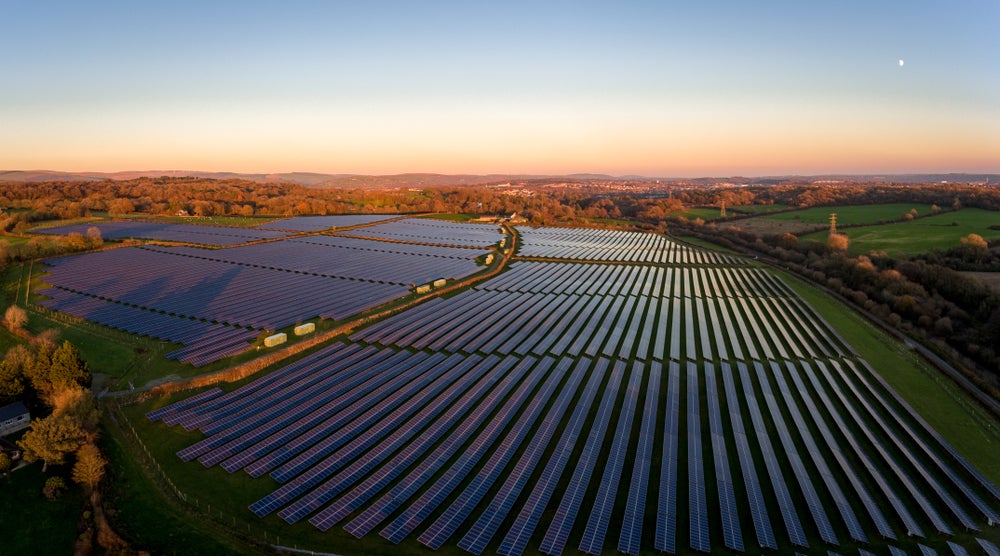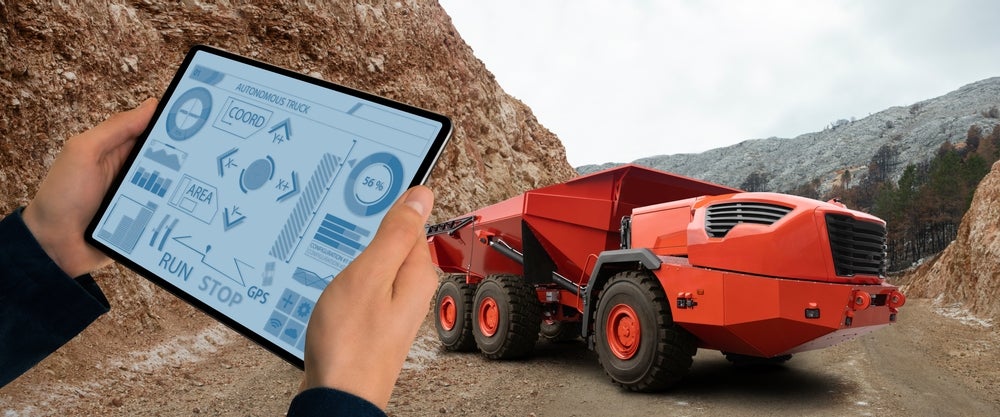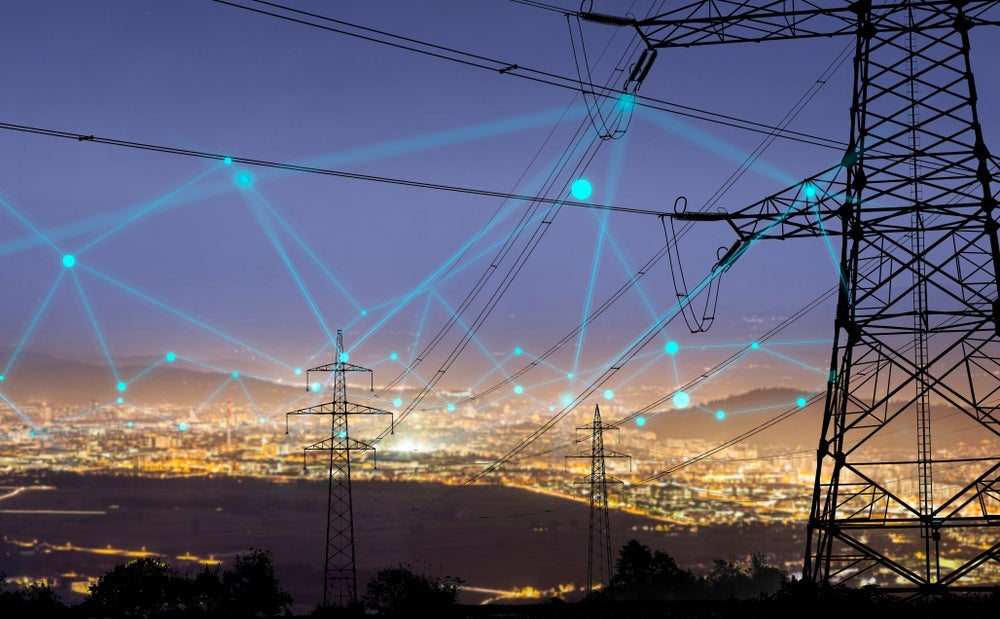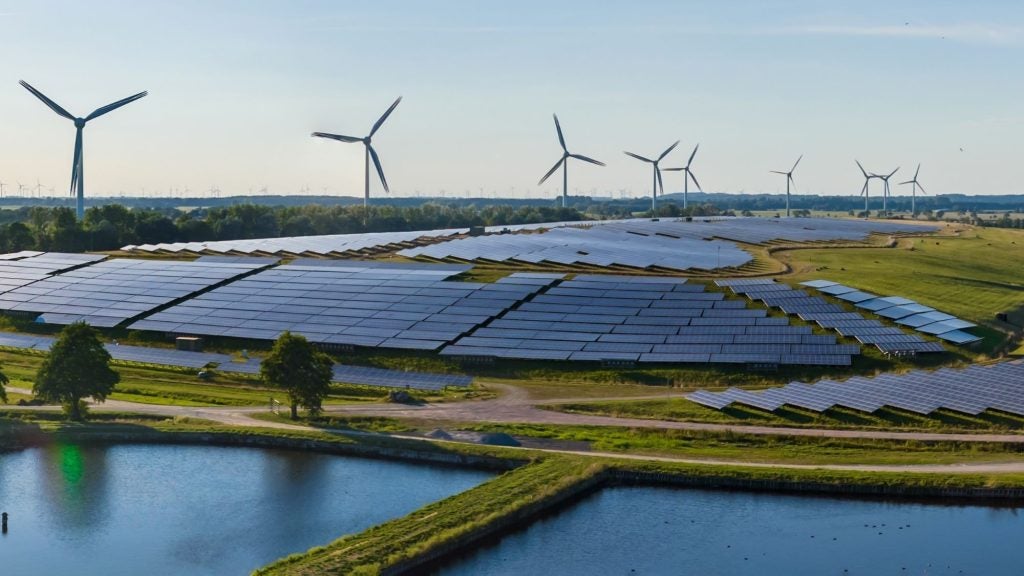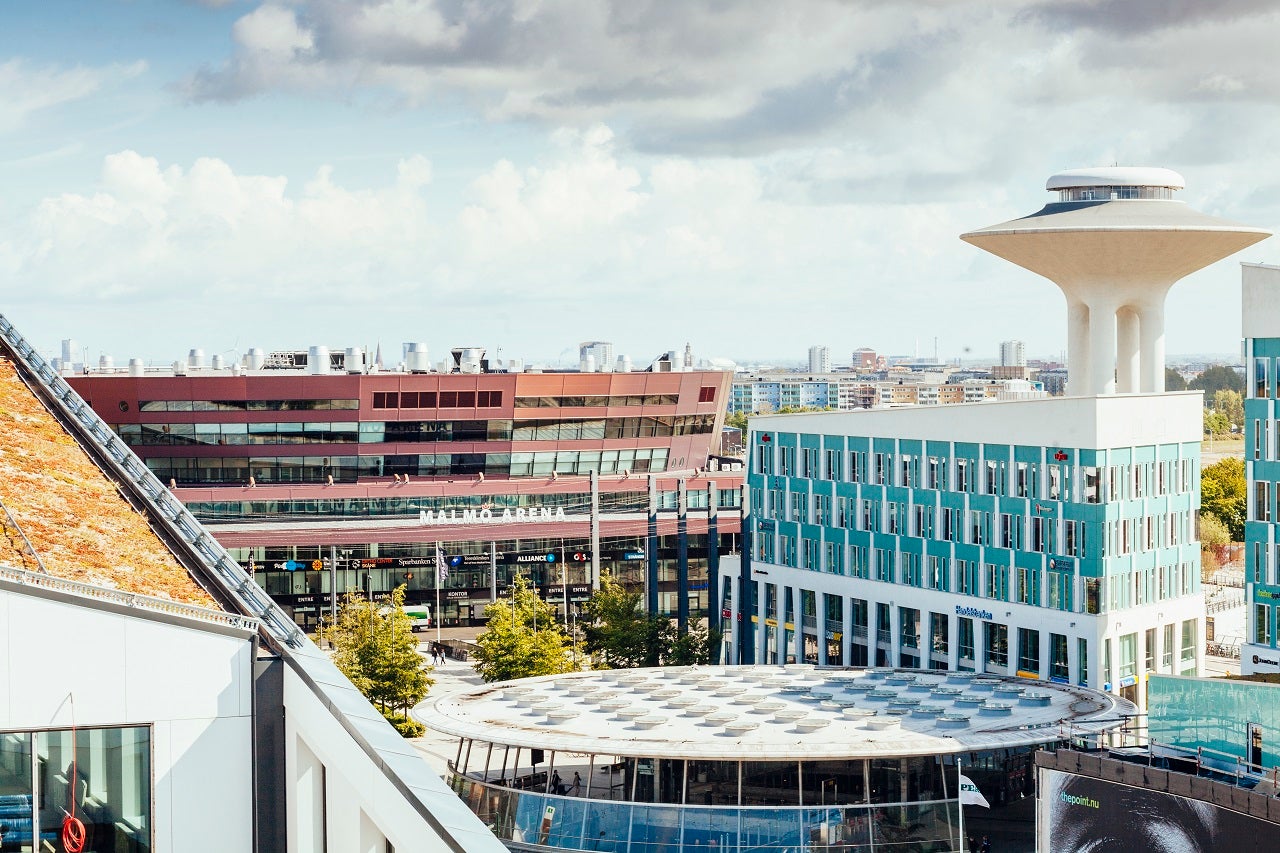
Whilst the origin of the smart city remains hotly contested, its history is long and one plotted with research and development, innovation, and a considerable capital spend. Arguably, the concept dates back to the 1970s, when authorities in Los Angeles used an array of technologies to gather data to formulate policy and city planning measures. It was a novel approach at the time.
Since then there has been significant change. So called smart cities of yesteryear would now look dated, even primitive. Today’s smart city is about much more than collecting data, it is fast becoming a way of life and one that has the potential to redraw the battle lines in the battle against climate change.
Sweden advances the smart city concept
Sweden is one of Europe’s leading energy innovators, employing increasingly ambitious renewable energy strategies, with the aim of supplying all energy from renewables by 2040, and utilising smart technologies like smart grids to control energy supply and demand at an increasingly local level.
In 2010, authorities in Malmö set out to develop a “smart city of the future”, working with the water and waste management provider in the district of Hyllie and energy provider E.ON. The hope was to power Hyllie via sustainable sources by 2020.
Today the district gets all of its energy supply from locally produced biogas, biomass, solar, waste, and wind. It is thanks to this bespoke approach that E.ON says it is able to tailor supply to consumers’ needs. However, it is the smart grid that is the real party trick.
This, it says, enables the grid and energy production to respond to the weather conditions at any given time. In essence, the system capitalises on conditions by producing as much energy as it can – more emphasis on wind when it is windy, for example – and stores it for later use, reducing waste.
How well do you really know your competitors?
Access the most comprehensive Company Profiles on the market, powered by GlobalData. Save hours of research. Gain competitive edge.

Thank you!
Your download email will arrive shortly
Not ready to buy yet? Download a free sample
We are confident about the unique quality of our Company Profiles. However, we want you to make the most beneficial decision for your business, so we offer a free sample that you can download by submitting the below form
By GlobalDataHow building interaction is driving down wastage and cost
There is another trick the smart grid has: it can interact with individual buildings to better manage supply and consumption.
“It could be summarised as a parallel digital infrastructure that enables different nodes of the energy system to share information with each other,” explains E.ON Sweden’s Peder Berne, business development manager of the sustainable city. “We do that mainly by connecting our smart grid’s ‘digital district heating’ solution with the building’s automation systems through an interface we call the ‘energy manager’.”
The energy manager connects with a building management system (BMS), allowing both to share real-time information. The BMS can then act on that data, Berne explains, for example by decreasing or increasing the set values for the radiator circuit. Through that, the energy provider can either charge or discharge the building with energy utilising its thermal inertia without affecting the comfort level.
“This example provides the means to even out consumption peaks in the grid and through that we can optimise the production and distribution, for example by avoiding expensive and sometimes fossil peak generation,” he adds.
The digital district heating system provides more power to warm buildings on colder days and reduces the power, saving any unused energy in storage, when the weather is less cold. This means that the smart grid ensures the district is only using what it needs.
Berne says that this approach has created the means for a more flexible energy system, one of the key enablers for realising energy transition and offering more efficient and optimised usage of the energy available: “We reached most of the targets and have really utilised Hyllie as a testbed for future solutions for an integrated energy concept considering a multi energy carrier approach and how infrastructure, building, and consumers could act and react together.”
Energy transition is becoming a way of life
As well as the infrastructure, smart domestic technologies have been used to help customers better manage their energy usage. In kitchens, for example, smart appliances can help cut consumption and ultimately bills. For the residents of Hyllie, this concept is fast becoming a way of life. Organic waste is also required, by law, to be collected and converted to biogas used to power all public transport.
Major energy transition projects of this kind are taking place across Sweden. While the idea of being an energy “prosumer” – a building that both produces and uses its own energy – is not new, in this context it is fast becoming the next big thing around the world. Its relatively recent success is largely the result of advances in smart technologies and sustainable power generation.
Sweden is looking at advancing work it has already done in this space. Another project in the city of Ludivika has produced some exciting results, with a 1970s tower block retrofitted to result in a cluster of “prosumer buildings”.
Across three buildings, 48 residential flats were connected to a micro grid and had photovoltaic solar panels, thermal energy storage, and heat pump systems fitted. Together they generated more than three quarters (77%) of the energy they consumed, significantly reducing demand on the grid as well as household costs.
This, explains Berne, was also an objective of the Hyllie project: “We have partnered in a co-creation process with our customers, mainly building developers… most customers have been very positive.”
Smart cities and prosumers, are they the future?
There is a huge amount of investment into new energy solutions taking place in Sweden. According to the World Economic Forum, more than half (54%) of all energy generated comes from renewable sources, with the focus increasingly becoming a local one. It says that the country tops its 2020 Energy Transition List, which aims to encourage collaboration and best practice in meeting the need to transition to more sustainable practices and processes.
It is the third year running that Sweden has claimed the top spot, beating the UK, with its growing wind farm estate, France, Finland, and Switzerland – the only other G20 countries in the top 10. The Forum points out that although Sweden has some of the world’s toughest carbon taxes, it still manages to keep energy costs “relatively low”.
“The EU’s leaders have a challenge,” the Forum adds, “how to generate 32% of energy from renewables by 2030. Sweden offers a vision of how technology and local solutions can turn a goal into a reality.”
It is a view shared by Berne: “It’s all about scaling and testbeds have an important role to play in order to focus innovation resources which is, in my opinion, well understood from both the European Commission’s perspective and national funding bodies.”
He concludes that it is quite likely that projects like Hyllie will eventually become a significant tool in the energy mix across Europe.
North America too is embarking on a plan to further develop the prosumer concept. Stating it is one of the most “exciting” developments in renewable energy, the US Department of Energy says that emerging technologies can help preserve the natural environment, drive economic development and provide even more energy choices.
“Gone are the days when electricity consumption was a one-way street. Today’s electric grid is blurring the lines between power generation and consumption,” it says.
Projects like that in Hyllie are bringing together the very latest in technologies and concepts – smart grids and metres, prosumers, sustainability, and so on – as a single proposal. From the outside, it might not look much different, but the benefits are significant. It’s likely those lines will continue to blur in the years to come.



